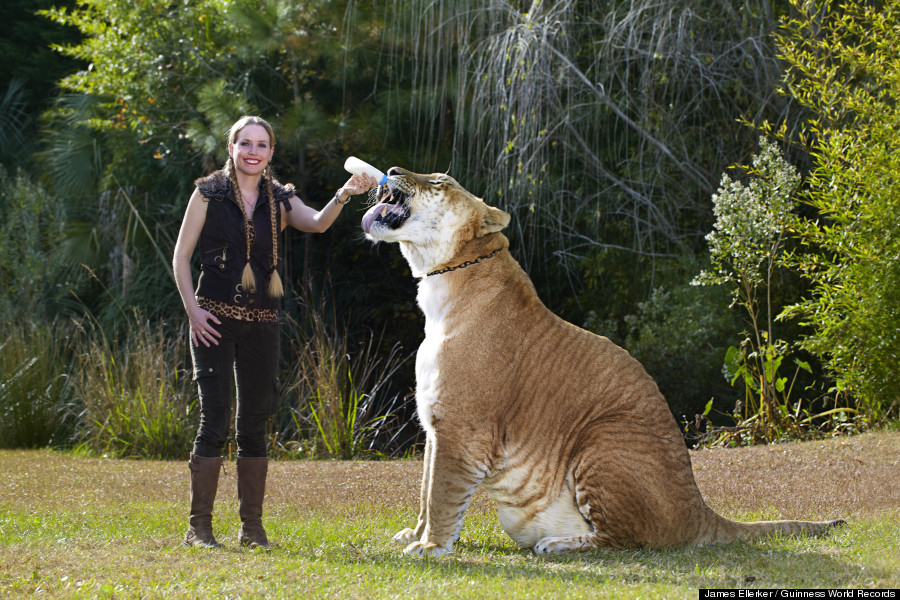Event 1 Blog Assignment | The Hammer Museum
 These results were then represented as quirky and light-hearted takes regarding very real global issues. Reyes used a heavy dosage of paradoxical imagery to convey the contrast between controversial topics such as war, famine, and politics against peaceful, child-like symbols like a dove or a peace sign. In relation to the disciplines covered in our course regarding Art x Science x Technology, I began to notice a distinct trend among Reyes pieces - taking the technologic advancements made in global interactions like war and politics and re-representing them with new meaning by adding artistic elements to them.
These results were then represented as quirky and light-hearted takes regarding very real global issues. Reyes used a heavy dosage of paradoxical imagery to convey the contrast between controversial topics such as war, famine, and politics against peaceful, child-like symbols like a dove or a peace sign. In relation to the disciplines covered in our course regarding Art x Science x Technology, I began to notice a distinct trend among Reyes pieces - taking the technologic advancements made in global interactions like war and politics and re-representing them with new meaning by adding artistic elements to them.
Last week, I visited the Hammer Museum in Los Angeles for the fifth time in my college career, and as usual it proved to be an enriching experience. This season's visit displayed a variety of exhibits ranging in theme from suburban housewife satire to modern architectural designs across the world to apocalyptic short-films centered around a thumb. Yes, a human thumb.
Most intriguing to me, however, was Pedro Reyes' exhibit known as "The People's United Nations" or (pUN). The project served as a simultaneously kitschy yet powerful exhibition that put the diplomatic and global problem-solving goals of the United Nations into the hands of ordinary people and allowed them to come up with the results.
 These results were then represented as quirky and light-hearted takes regarding very real global issues. Reyes used a heavy dosage of paradoxical imagery to convey the contrast between controversial topics such as war, famine, and politics against peaceful, child-like symbols like a dove or a peace sign. In relation to the disciplines covered in our course regarding Art x Science x Technology, I began to notice a distinct trend among Reyes pieces - taking the technologic advancements made in global interactions like war and politics and re-representing them with new meaning by adding artistic elements to them.
These results were then represented as quirky and light-hearted takes regarding very real global issues. Reyes used a heavy dosage of paradoxical imagery to convey the contrast between controversial topics such as war, famine, and politics against peaceful, child-like symbols like a dove or a peace sign. In relation to the disciplines covered in our course regarding Art x Science x Technology, I began to notice a distinct trend among Reyes pieces - taking the technologic advancements made in global interactions like war and politics and re-representing them with new meaning by adding artistic elements to them.
As seen above and to the right, one of the largest and most readily eye-catching pieces in the exhibit was the large, white sculpture hanging from the ceiling. Knowing that the exhibit was about politics, my mind immediately ascribed the label of "fighter jet" as potential muse for the abstract piece. Upon reading the title of the work, "Drone Dove", it made sense that what I saw was actually a flying war vehicle in-part, but inverted in a way that is also conveyed peace through the peaceful imagery of the dove. What Reyes did was fuse together two very different images into one art piece - what I interpreted to be a bridge that he sees between war and peace.
Reyes extended this theme of technology/science concepts complemented by artistic expression in a series of paintings that draped one of the walls in the single-space exhibit.
Reyes complemented a groups of paired images together into endearing paradoxical art pieces - a rose & a gun, a jungle gym & a tank, and freedom (breaking away of chains) & DNA, just to name a few, on the wall. The message seemed clear enough - that objects normally associated with dreadful feelings (like violence) could be quelled with harmonious or uplifting images. I found it interesting that all of the scientific inventions/technologic components of the pieces seemed dubbed as the "scary" or "fear-inducing" components of the pieces- needing to be balanced out with more light-hearted images to supplement. What is it about technology that has pushed it into weary territory?
This last piece I wanted to touch on not because it directly related to Art x Sci x Tech, but because it stood out to me. What I see when I look at this piece, an installation made of various shapes of speech bubbles, is the idea that words have become tangible. In context to the rest of the exhibit, this piece seemed to glue all the components together by conveying the message that words mean nothing unless they produce a tangible byproduct as a result. I found this piece particularly innovative.
Overall, I would recommend this event, and the Hammer in general, as the museum is relevant and challenging in regards to it's very modern art displays that are a response to the world around us in a way that you might not find at a museum centered around more classical art forms or art pieces. The pieces were engaging and often eye-popping. Plus, the museum is free to visit and fully equipped with cafe, patio seating, and even table tennis. Make sure you block out a few hours!






